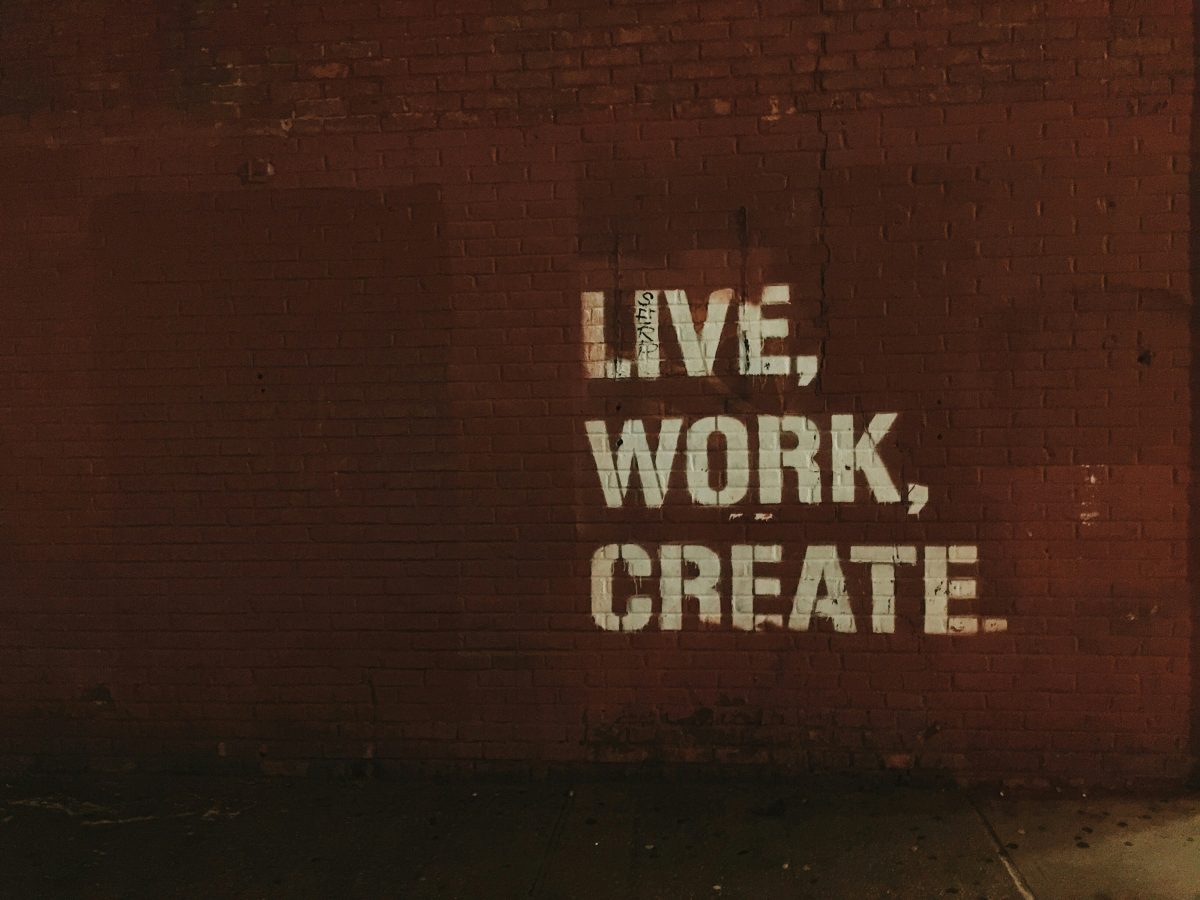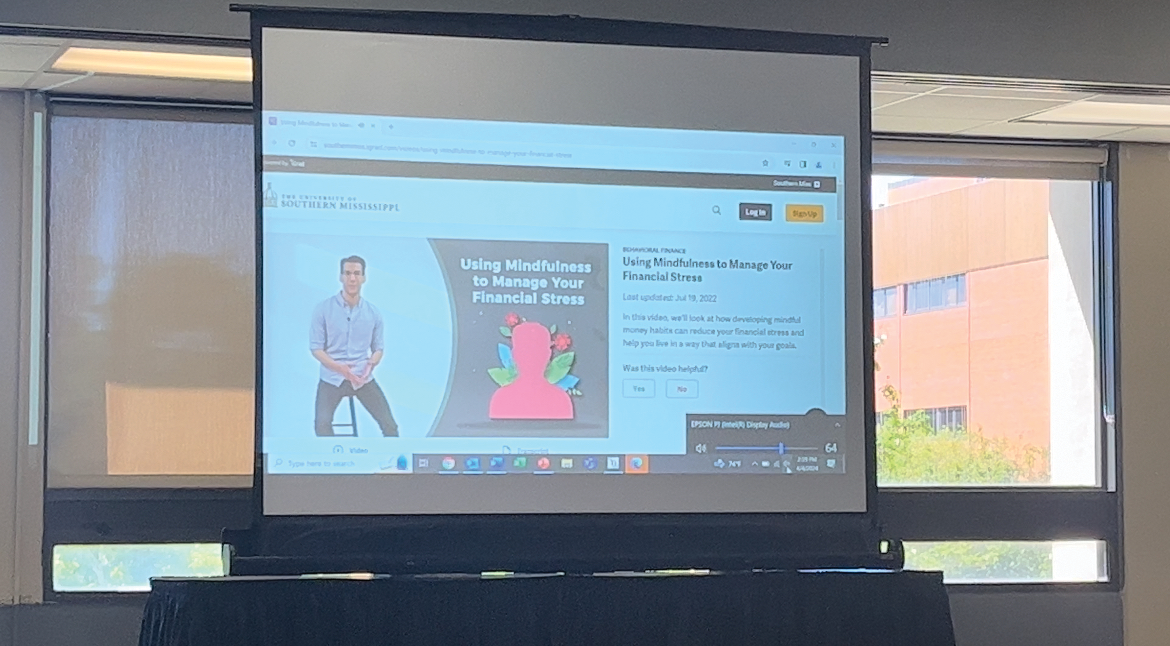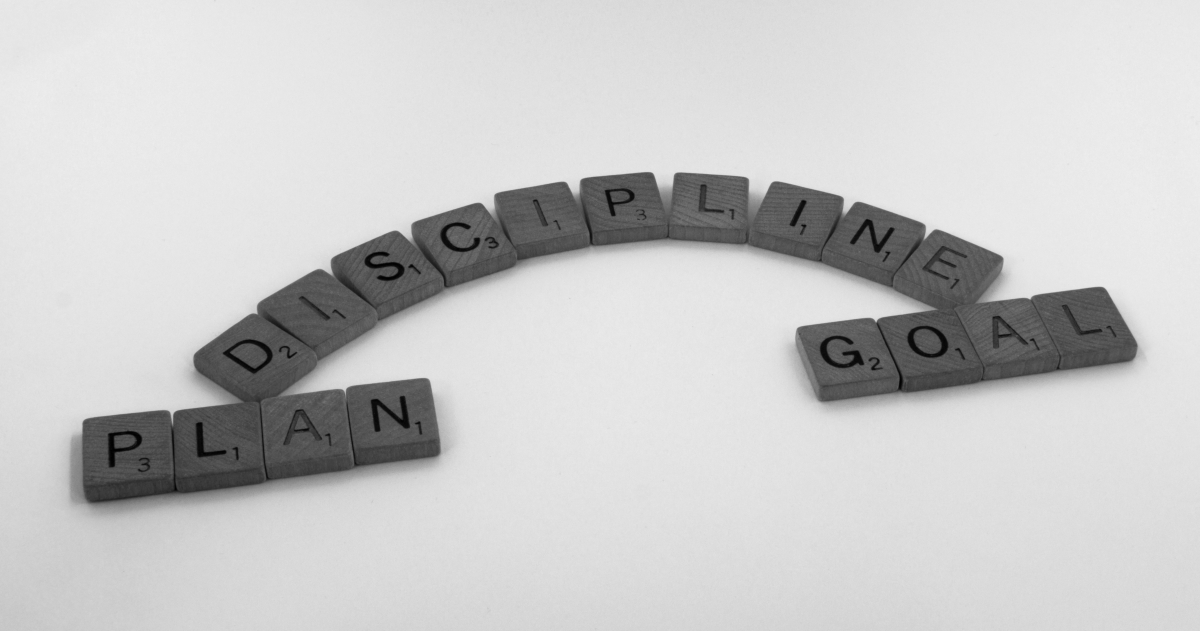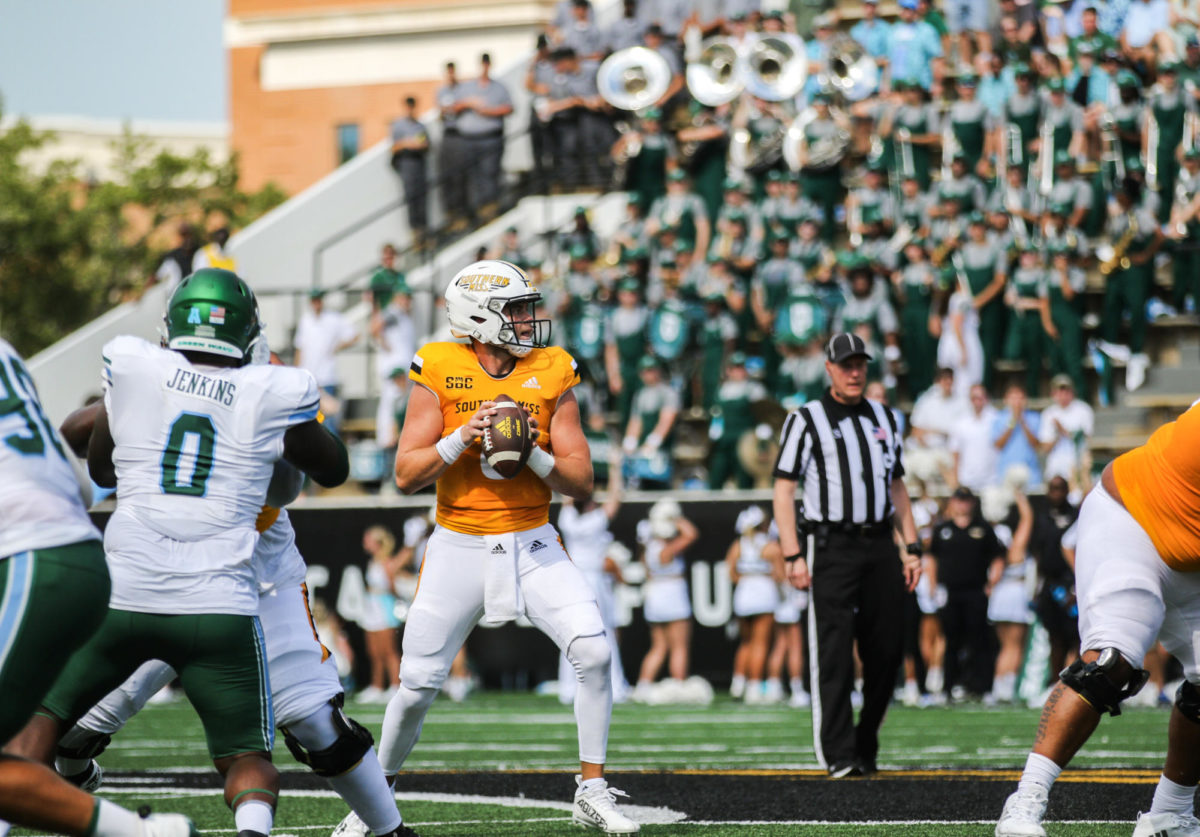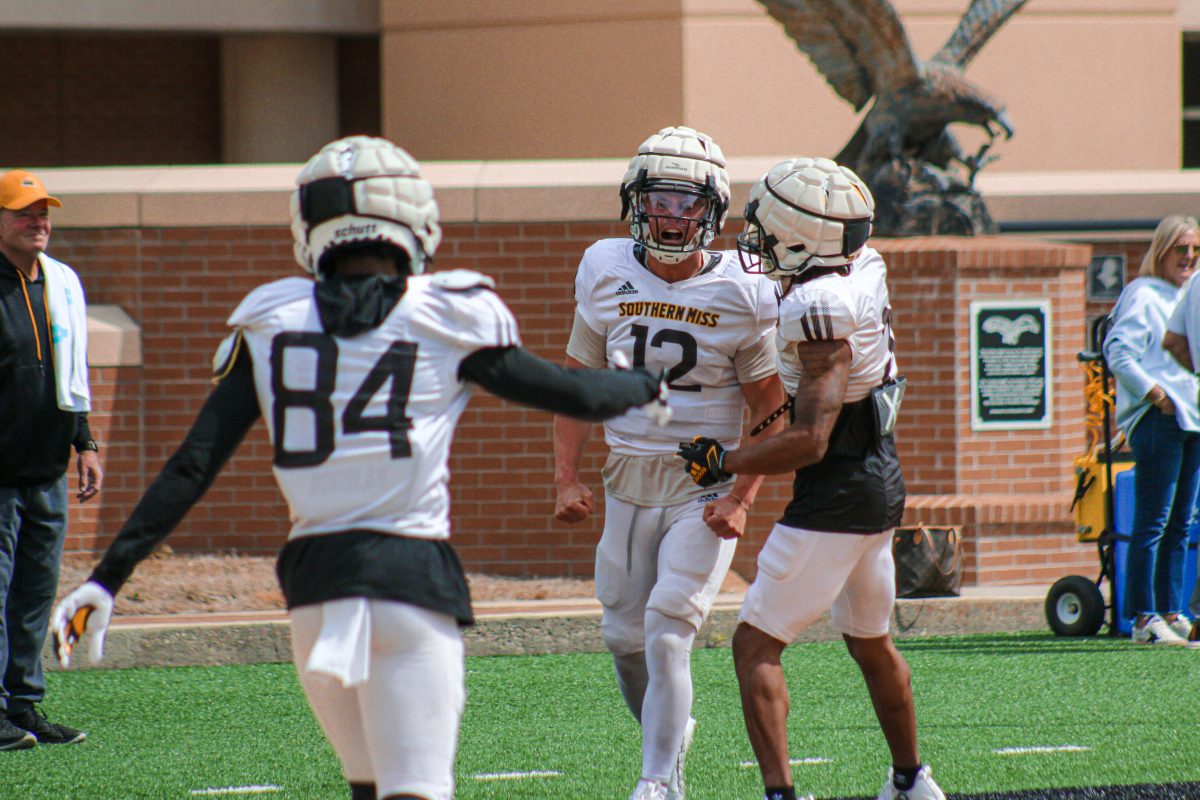In this day and age, it seems that the society is “wired in” – that is to say, that everyone is constantly accompanied by some form of technology and is also deeply involved in some form of social media.
Facebook “likes” have replaced compliments; text messages have replaced conversations; and tweets have replaced public displays of emotion. With this interference from technology, it appears that face-to-face communication has dwindled, both in frequency and effectiveness.
What is social media’s true effect on communication? How essential is its effect? If we continue on this increasingly digitized path, will face-to-face communication one day cease to exist?
“I think there’s a difference between face-to-face [communication] and [communication] on a phone or in a text or e-mail,” said Jeff Walker, visiting instructor of communication studies.
It has often been joked that a sarcasm font is desperately needed, but could there be truth to this jest?
“In face-to-face communication, you have nonverbal [cues], and you get immediate feedback. You lose some of that in an e-mail, and you lose even more of that in a text or a tweet when there are only so many characters,” he said.
Indeed, the lack of nonverbal feedback, such as facial expressions and general body language, can greatly affect reception of a message. In the standard sender-receiver model of communication, the sender encodes (or forms) a message, then sends it through whatever channel (or mode of communication) he or she deems fit, and then the receiver decodes (or interprets) the message.
However, with the rise in digital communication, the decoding of a message is now entirely dependent upon the phrasing of the message itself and the receiver’s mindset at the time of reception. It would normally be greatly influenced by the tone and gestures provided by the sender.
In addition to the issues associated with the decoding of a message, many say that social media will further complicate communication by affecting one’s ability to effectively communicate in person, or even completely eliminating the process from everyday life.
For some people, this may be a blessing in disguise.
“It kind of gives them [shy people] an escape route to find other ways to communicate with people,” Courtney Stephens said, a freshman communications major.
I know if I were really shy and I could talk to somebody over the Internet, I’d rather do that than have to go and talk to somebody.”
However, for the majority of people, this could have major repercussions. “If we continue down this path, people aren’t going to be able to properly express their emotions or their feelings,” Stephens said. This can affect major aspects of daily life, from the ability to have a simple conversation with a friend to one’s marketability in the workforce.
“They [people] won’t be able to get jobs because they have no experience with dealing with others,” she said.
Social media has obviously affected face-to-face communication. However, the level of impact it has had is a subjective matter. Walker believes the effect has been overstated and made to appear more than it truly is. Stephens believes that the effect is much deeper than many may realize.
“There is a difference, but I think it’s too early to tell what that is right now,” Walker said.
All that can be done now, it seems, is to bring awareness to the issue and observe its effects in generations to come.



